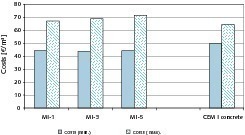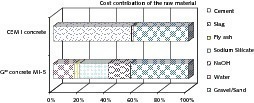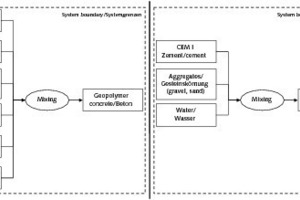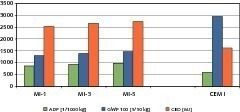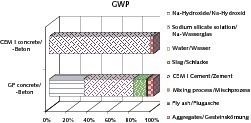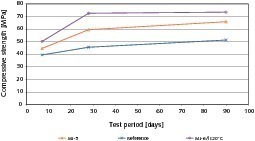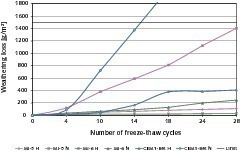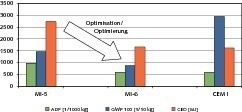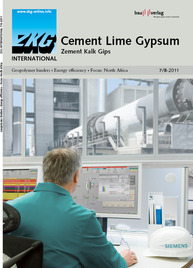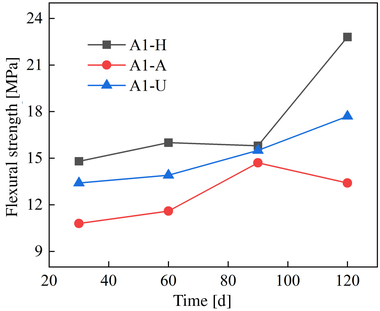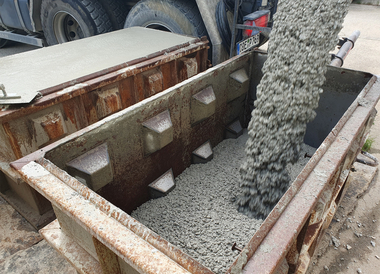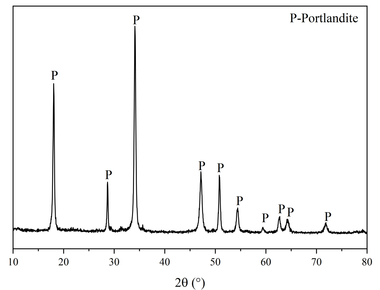Geopolymer binders – Part 3: Ecological and economic analyses of geopolymer concrete mixes for external structural elements
Summary: Geopolymers are a technologically interesting group of materials that are already being used in various niche applications. The test results shown here also demonstrate the technical capabilities of this group of materials in potential bulk applications, such as concrete. When compared with cement-based concrete systems it can comply with technical and economic requirements (or even exceed them) and also reduce the environmental impact.
The development of alternative binders is currently experiencing a renaissance. The reasons for this are partly the rising costs of primary raw materials (and their regional scarcity) and partly also a growing awareness of environmental problems. Widely varying pressures can be observed on the environmental side. Because of emissions trading there is much emphasis in the leading industrial nations on the reduction of CO2 emissions during the production of cements. In addition to this the emergent industrial nations, such as India and China, have not yet developed any adequate ways...

